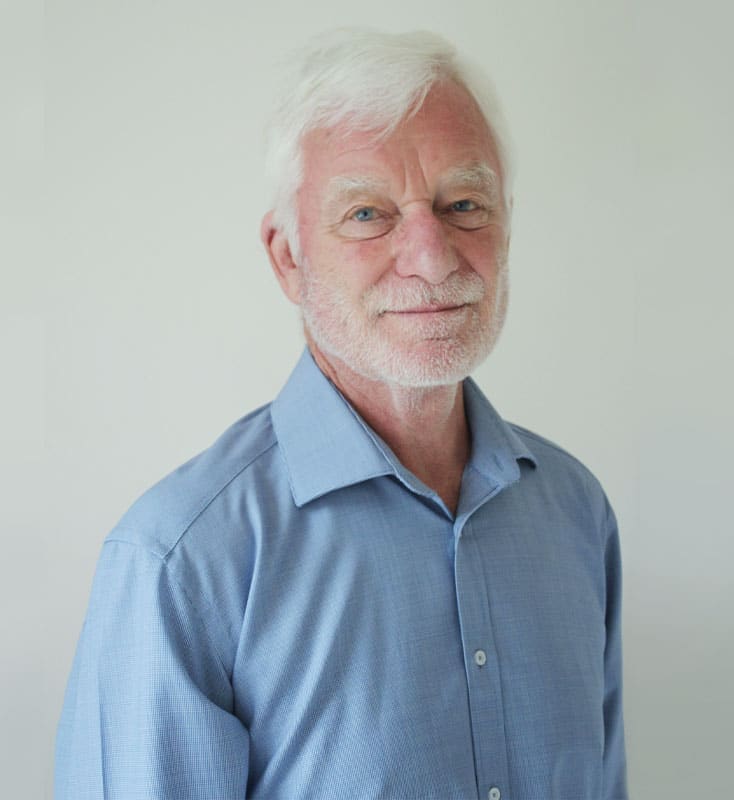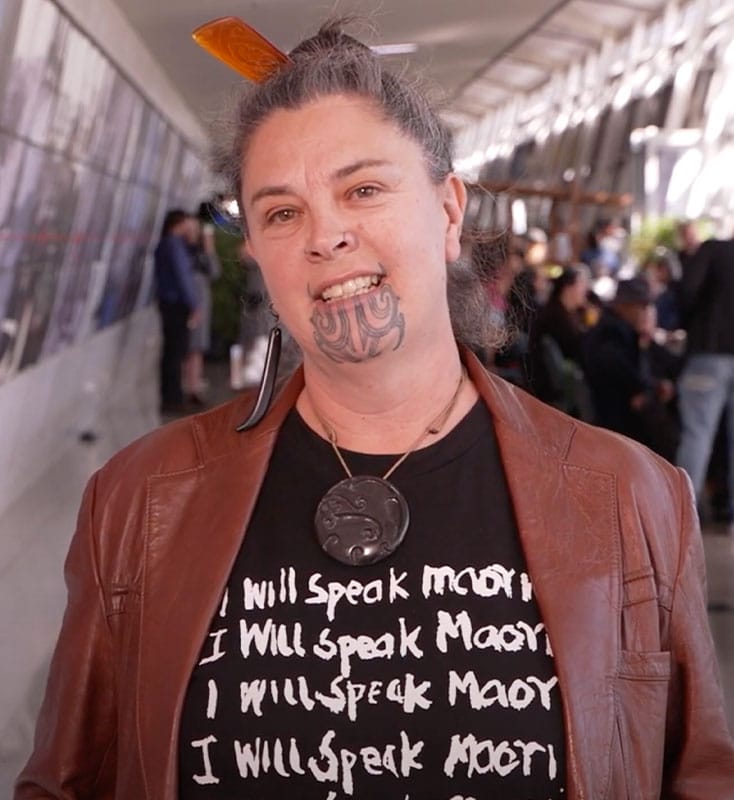Lee-Morgan, J., Hoskins, R., Te Nana, R., Rua, M. & Knox, W.
Homelessness Housing Schemes
Building Better Homes, Towns and Cities, ,
2019
Read Publication
This report outlines the Manaaki Tāngata Programme at Te Puea Memorial Marae (TPMM), a pioneering effort to address homelessness among Māori families in Auckland.
Initiated as a response to the visible increase in homelessness in the region, the programme is deeply rooted in Māori principles and practices, offering a culturally attuned approach to supporting families in need. The report first outlines the cause of Māori homelessness, noting the foundational role of colonisation, the loss of kāinga, followed by successive government housing policy failures. The authors note that although individualised pathways into homelessness can occur, the journey into homelessness is a lot more complex and it is important to consider the structural pathways as a significant driver of homelessness. They also outline the history of TPMM, as well as its governance structure and activities. The authors detail the Manaaki Tāngata Programme’s inception, its evolution, and the various components that make it effective, including the emphasis on manaakitanga (hospitality and kindness), the role of marae (communal or sacred place that serves as a focal point for the community), and the integration of Māori values and social structures in providing holistic support to homeless whānau (families). Unlike other transitional housing providers, the Manaaki Tāngata Programme, provides a place where it is possible to ‘catch your breath’ and exhale, take stock, get ‘back on track’, accept guidance and support, and make some informed decisions about moving forward. The authors also provide a number of case studies of people who have stayed at TPMM as well as a timeline of the Manaaki Tāngata Programme, providing in depth information. The report details the power of community-led initiatives and the importance of cultural alignment in addressing social issues. It not only highlights the successes and challenges of the Manaaki Tāngata Programme but also serves as a model for other communities seeking to implement culturally responsive solutions to homelessness.










